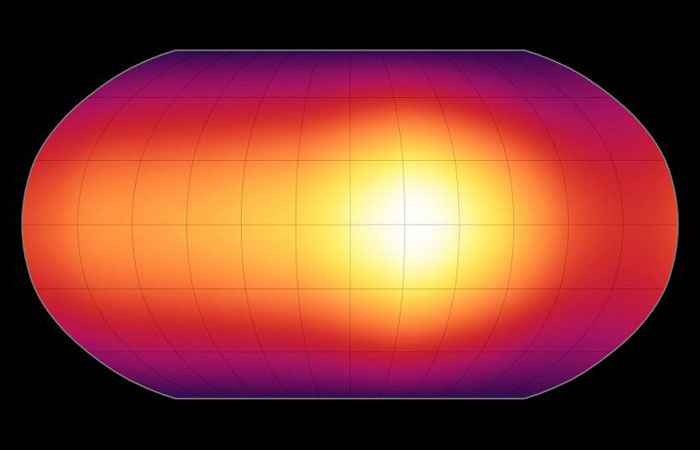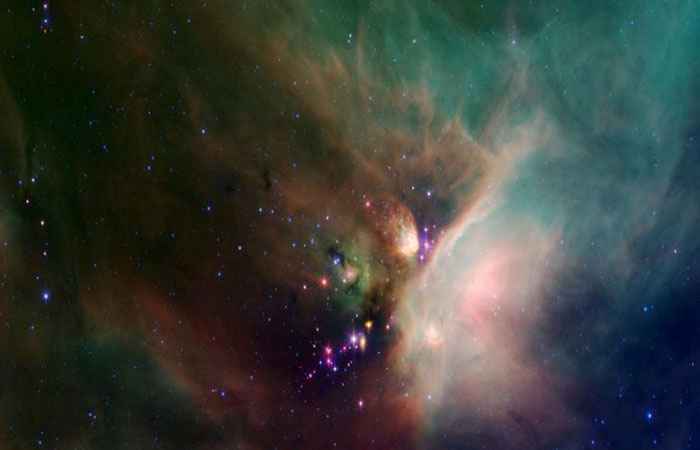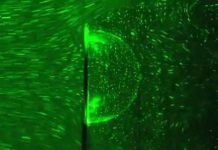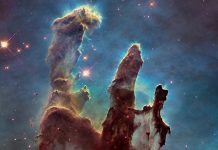In 15 years, Spitzer gives information about the birth of stars, milky way, detailed information about milky ways, discoveries of the metropolis, exoplanet, Buckyballs, black hole and many more. According to Paul Hertz statement “In its 15 years of operations, Spitzer has opened our eyes to new ways of viewing the universe”.
Spitzer has transcribed over 106,000 hours of observation time in the past 15 years.
15 major discoveries have been featured on NASA Spitzer telescope 15th anniversary. Spitzer was launched on August 25, 2003, in our solar orbit. Spitzer was a NASA’s initial 2.5 year mission.
15. Discovery of exoplanet weather map
In May 2009 researcher utilizing information from spritzer created the first exoplanet weather map. An exoplanet a planet that circles a star other than the sun. The temperature of exoplanet varies in gas planets HD 189733b. First exoplanet weather map of temperature vacillations over the surface of a gas exoplanet. The outcomes show solid wind.
14. Origin of new-born stars
Spritzer satellite used infrared light to make an image of a new-born star. Spitzer discovered new-born emerging from the blanket of dust known as “Rho Oph”. Spitzer’s infrared pictures have created unprecedented insights into the hidden cradles growing up young stars that are revolutionizing our understanding of star births.
Read more: 18 Best Sci-Fi TV Shows Set In Space, Ranked
13. A growing galactic metropolis
Spitzer detected a distant Galaxy called COSMOS-AzTEC3 in 2011. Galaxy’s light takes 12 billion years to reach Earth. The force of gravity binds these groups of galaxies together. Spitzer has imaged galaxies it took 13.4 billion light years to reach Earth. Scientists were surprised to find these galaxies , indicating early birth of these galaxies in universe.



















